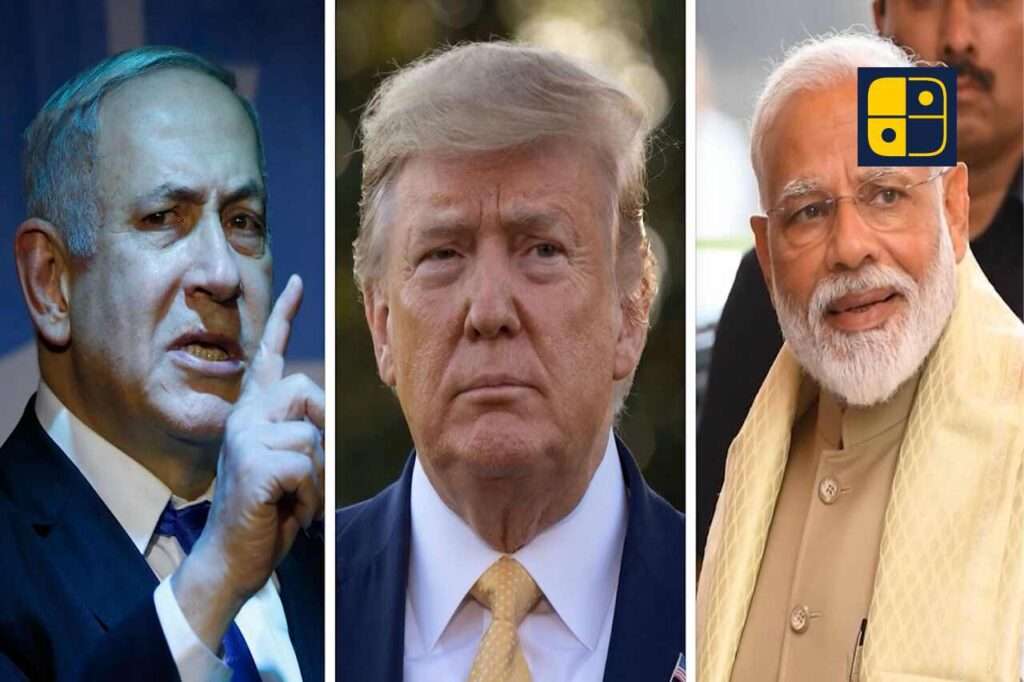Almost two years after the start of the Israel-Gaza war, the 20-point peace plan proposed by Donald Trump and Benjamin Netanyahu consisted of ten components. Their promise included an immediate ceasefire if Hamas, the governing faction of Gaza, complied; a hostage swap of ~43 Israelis for ~2,000 Palestinians; the complete disarmament of Hamas; and the end of Hamas’s rule in Gaza. Instead of Hamas, an International Transitional Authority would govern, with a phased Israeli withdrawal contingent upon compliance. Reconstruction would proceed with international funding while an aid corridor, border controls, and international oversight would assist and monitor the transfer of aid over all aspects of security.
While the Palestinian Authority and some Arab states supported the plan cautiously, Hamas rejected it immediately, calling it surrender. As the peace plan moved forward, challenges arose involving elimination of tunnels, disarming factions, and force being imposed for any terms of compliance. Under some status quo, the possible outcomes included full peace (unlikely), partial compliance with sporadic fighting, to a massive final offense should Hamas refuse all compliance moving concern for regional violence. The plan is historical but with great political, logistical, and moral uncertainties.

